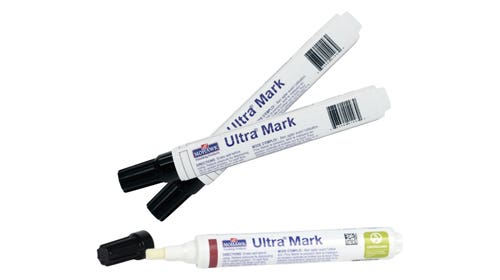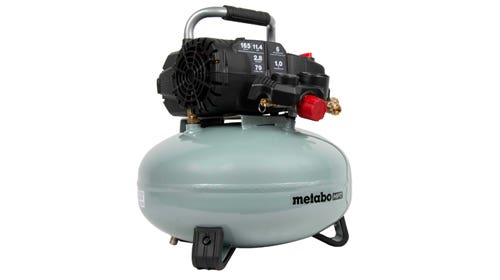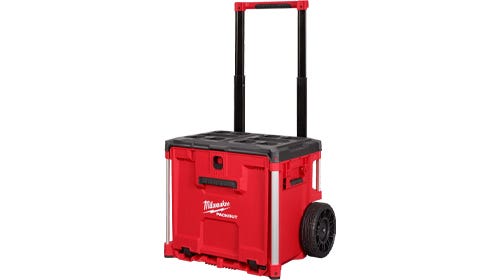Red or white, oak sales gain strength
Sales of both white oak (Quercus alba) and red oak (Quercus rubra) are fairly strong this season for solid stock, veneer and sheet goods. Lumber suppliers say their customers tend…
Sales of both white oak (Quercus alba) and red oak (Quercus rubra) are fairly strong this season for solid stock, veneer and sheet goods. Lumber suppliers say their customers tend to prefer white over red, with a few exceptions. White oak has notable properties that allow it to withstand outdoor elements, but red oak has the visual appeal that some designers say is in demand.
Scott Roberts of Roberts Plywood in Deer Park, N.Y., says oak sales have been high lately in general, but he’s selling substantially more white than red by about a 2-to-1 ratio, followed by European oaks such as English brown and then some rustic white oak.
“We’re selling more white and moving it all in plywood, lumber and veneer. There’s a lot of flat cut and a heavy mix of rift and quartered. Compared to last year, sales are up. It’s a mix of commercial and residential, which shows the economy is speeding up,” says Roberts.
Roberts believes more buyers are selecting white oak because of its color, tones and texture, which enables them to work a variety of finishes into the material.
“I’ve seen guys doing everything from sandblasting it to fuming it in that chocolate espresso color and even painting it red and sherbet colors, so I think it’s the texture they like. It has a mellow and neutral color and good workability.”
On the other hand, Doug White of Doug White Hardwoods in Marissa, Ill., says red oak is more popular and believes its physical appearance draws customers.
“People are using more red than white. Red oak sales haven’t gone up, but it is more popular than white. The white is harder, stronger and has denser grain and holds up better outside for exterior use. And it will hold water. Red oak’s got more character with its reddish color and that seems to be more popular. Red oak takes stain a little better than white oak. White oak is denser and doesn’t absorb the stain quite as well.”
White oak grows from eastern Canada and down to the southern U.S. Trees reach heights of up to 120’ with a trunk diameter of 2’ to 3’. It has a course texture, is usually straight-grained, heavy, strong and durable. Rustic white oak has been a product that the flooring industry started with and has grown into furniture.
Northern red oak is plentiful and grows in the eastern parts of the U.S. and Canada. Trees do not grow as tall as white oak as they reach up to 70’ in height, but have similar trunk diameters depending on growing conditions. It is used for cabinetry, interior trim, furniture and decorative veneer. Its heartwood has a reddish color and it has a medium texture and is straight-grained with less figuring than that of white oak.
Rocky Mehta of West Penn Hardwoods in Olean, N.Y., says white oak is in tight supply and prices are holding. With red oak, prices have dropped and companies are interested in it because of current color and design trends.
“The white oak supply is down because most of the bigger companies are slowing down on production because they didn’t have the demand for a while. The demand is up, especially from our clients throughout Europe and in China. This past winter was not a very cold winter so the ground was not hard and when the ground is not hard you can’t go in to bring the logs,” says Mehta.
Retail prices for kiln-dried, 4/4 FAS flat-sawn white oak start at about $3.47/bf (over $5/bf for rift and quartersawn), while red oak ranges from $3.50 to $3.85/bf.
This article originally appeared in the July 2012 issue.







